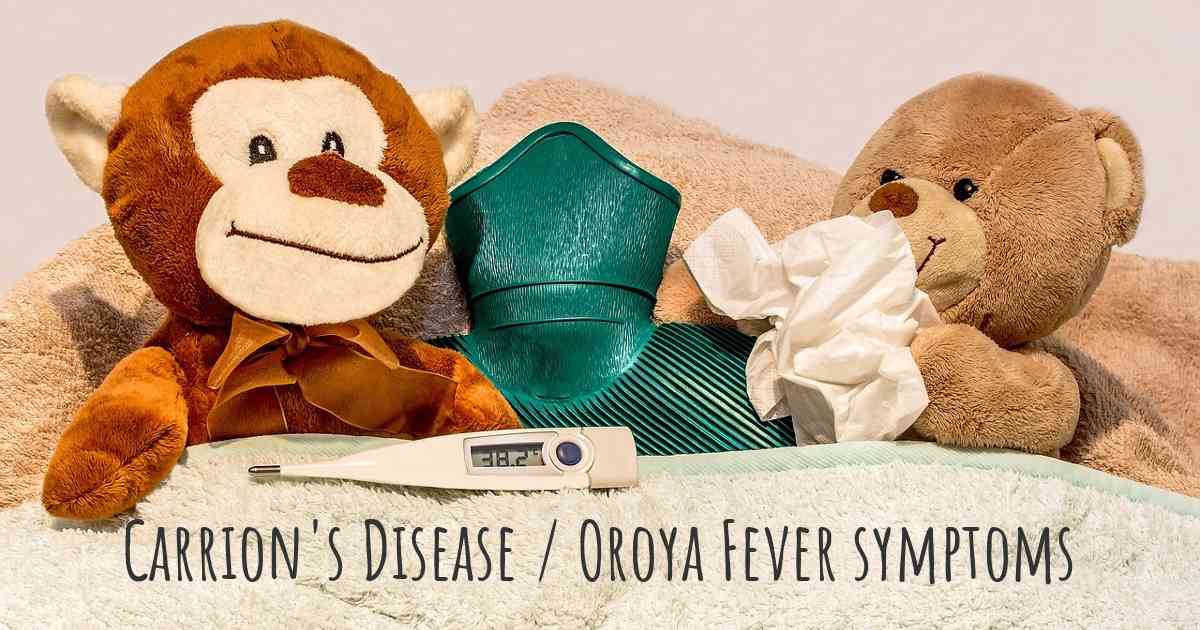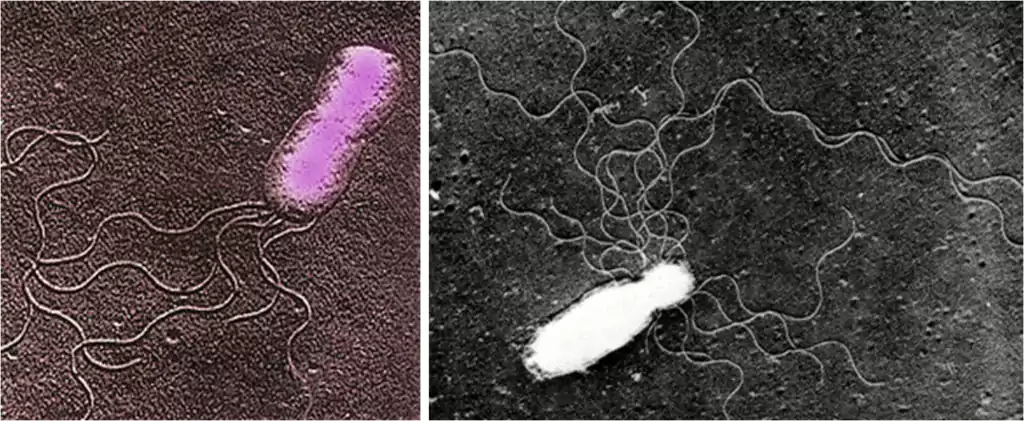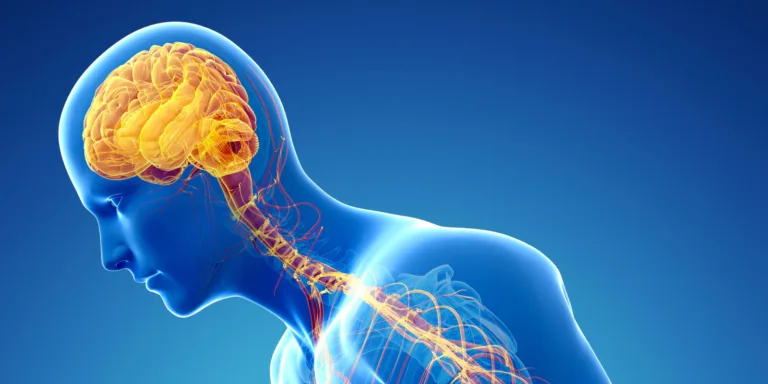Carrion’s Disease: Causes, Symptoms, Treatments, And Unveiling the Truth about This Disease
Carrion’s disease is a bacterial infection and poses a great threat to humans. It’s an epidemic found only in South America. The bacteria can infect a range of hosts including cats, dogs, humans, and other mammals. The mortality rate is 40 to 90 percent. Additional research about Carrion’s disease could help find better treatments and quicker ways of diagnosing patients.
What is carrion’s disease? This is a biphasic illness caused by Bartonella bacilliformis. There are so many Bartonella species, it is the bacilliformis that is basically responsible for carrion’s disease. As already told, this is a biphasic illness so that means there is an acute phase and there is a chronic phase. The acute phase is mainly a hematological illness and the chronic phase is basically a cutaneous illness. Acute phase is characterized by a febrile illness with significant hemolysis, so the most common complaint in the acute phase is indeed fever, and a good number of these in fact 96 to 97 percent of these patients have evidence of hemolysis.
The acute phase is what we identify as Oroya fever. This usually lasts for several weeks sometimes months and has been associated with very high mortality those who survive through this usually end up in a chronic phase that appears weeks to months later. In the chronic phase patients develop cutaneous lesions called Verruca Peruviana, in other words, they are called Peruvian warts. Remember that there is significant angiogenesis so these warts have a tendency to bleed.
Carrion’s Disease History
During the 1870’s carrion’s disease killed around 7000 people in Peru most of which were railway workers. Daniel Carrion a researcher and scientist interested in this disease inoculated himself with pus from a casualty in 1885. Three weeks later he showed acute symptoms of the disease and unfortunately, in the fourth week, he passed away. The disease would soon be named after him. Alberto Barton isolated a causative bacterium in 1905 but it wasn’t published until 1909. B.
bacilliformis wasn’t technically identified until 1940.

Geographical Distribution of Carrion’s disease
The primary vector for Carrion’s disease lives across North-Western South America but the disease itself is distributed only in Peru, Ecuador, and Colombia. It seems to have originated in
Peru.
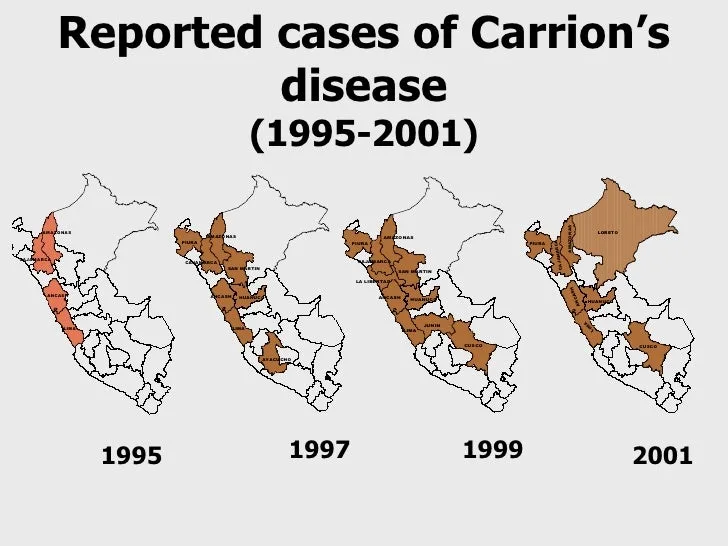
Causative Agent of Carrion’s disease
The causative agent for Carrion’s disease is Bartonella bacilliformis, a Proteobacteria. it’s flagellated, motile, and infects red blood cells and endothelial cells in the human. Until 1993 genus Bartonella contained only one species, however, there are now 23 identified species. This bacteria can be cultured in bovine blood and incubated at 19 to 25 degrees Celsius for two weeks. It devastates the human body within three weeks.
Vector for Carrion’s disease

Sand flies of the genus Lutzomyia are the main vectors of Carrion’s disease. They are Phlebotomine sand flies. There are around 400 species, 33 of which are of medical importance to humans. They are only found in the New World and serve as vectors for Carrion’s disease as well as other arboviruses. Like other Dipterans, females are the only ones capable of transmitting the
disease because they are the only ones that feed on human blood.
Life cycle
Sandflies undergo complete metamorphosis and have a mean adult life span of 13 days. Bartonella bacilliformis infection does not affect the lifespan of the host vector. The organism transfers back and forth between the human host and the fly host and the cycle repeats as the fly sucks the blood from the human and obtains the disease to pass it along to the next human.
Symptoms of Carrion’s disease
There are two stages of carrion’s disease the Acute phase which is the original carrion’s disease and also Chronic stage which is also called Peruvian wart. Originally these two were thought to be different diseases but research has shown that they come from the same source. The 90 percent mortality rate can be caused during the acute stage of carrion’s disease which is a gateway for the host to also receive Salmonella poisoning. This greatly increases the mortality
rate of the victim.
Some acute symptoms include fever, malaise, jaundice, and lymphadenopathy. The ways of diagnosing this is through blood smears or blood cultures which are seen in the bottom-right of infected red blood cells or immunoblots. Symptoms of the chronic stage include a cutaneous rash and proliferation of endothelial cells. Diagnosis of this includes Wart biopsy and immunoblot.
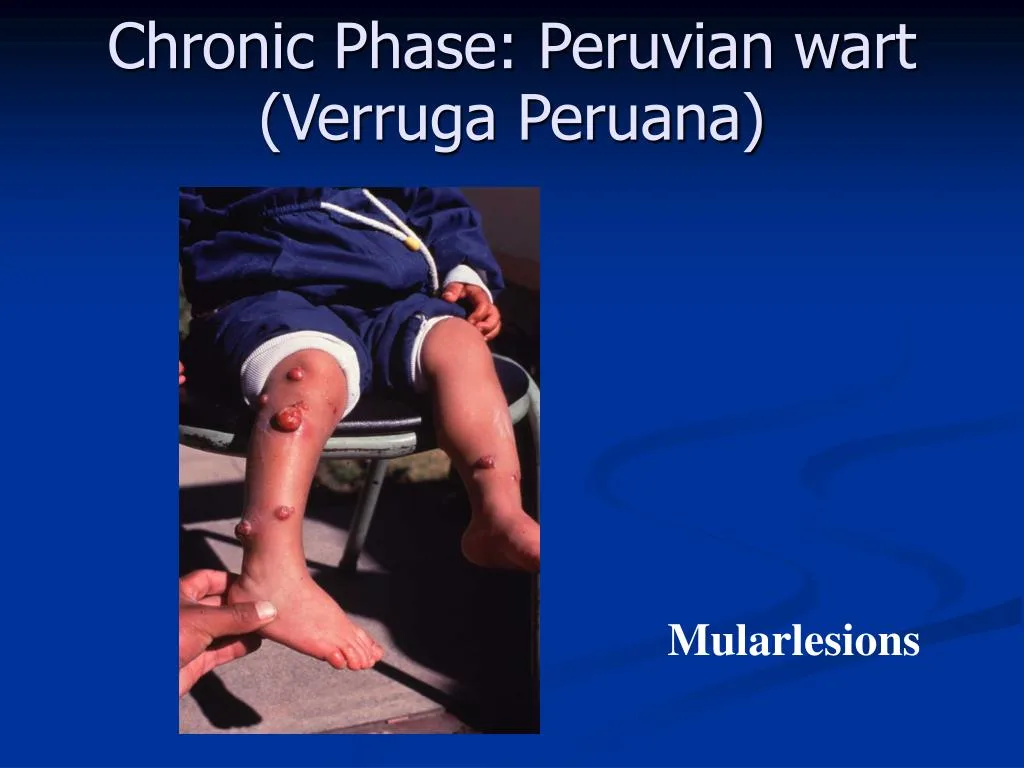
Types of lesions in Carrion’s disease
The three types of lesions based on size are listed below:
- Miliary (1-4 mm)
- Nodular (>5 mm)
- Mular (>5 mm)
Diagnosis of Carrion’s disease
The diagnosis in in acute phase is pretty easy because we can demonstrate these bacilli intracellularly. You can visualize these bacilli inside RBCs through blood smear. These are bacilli-shaped, so don’t confuse them with malaria. You might confuse this with malaria since it also presents with an acute febrile illness and hemolysis. But when you see the smears you will see bacilli and the stain that we are using for this is Giemsa stain.
The chronic phase is more of a clinical diagnosis. You can do a smear from the aspirate of those warts. You can also do a biopsy or PCR. The commonly used stain for the chronic phase is the Warthin starry stain. The most common co-infection seen with these organisms is Salmonella. A good number of these more than one-third of patients have evidence of salmonella co-infection when they present with the acute phase.

Treatment of Carrion’s disease
Treatment for carrion’s disease depends on the stage that the victim is in. For the treatment of the acute phase, we have to bear in mind that we are also talking about a possible co-infection with salmonella so our antibiotic regimen should also focus on that. The traditionally prescribed drug of choice was chloramphenicol because this covered both the organisms Bartonella bacilliformis as well as salmonella. But now that the chloramphenicol resistance is at the peak for salmonella, we don’t prefer chloramphenicol anymore. Instead, we prefer fluoroquinolones like ciprofloxacin as a preferred drug of choice. This is about adults but when it comes to children they may add amoxiclav.
When we are talking about chronic phase the preferred drug is azithromycin. Dermatologists prefer to give this because the patients require long-term therapy and azithromycin gives us that flexibility. Other drug alternatives include rifampicin, ciprofloxacin, or even parental streptomycin. The preferred drug for cutaneous carrion disease is azithromycin and when it comes to oroya fever the preferred drug is fluoroquinolones plus or minus other agents preferred agents.
Prevention and Control of Carrion’s Disease
There is no current vaccine for carrion’s disease. Strategies for prevention include avoiding areas where carrion’s disease is the most common and its vector is most populated. You can protect yourself with insect repellent and protective clothing. If acute symptoms begin to show seek medical attention to obtain early treatment. Do not let stages progress to chronic. Do not end up like Daniel Carrion but appreciate his slight insanity in his dedication to science.
Summary
So to sum it up, the causative agent is Bartonella bacilliformis. The transmission is through the sand fly. Clinically we have oroya fever as the acute phase and the chronic phase is Verruca Peruviana or Peruvian warts. The drug of choice for the acute phase is fluoroquinolone and the drug of choice for the chronic phase is azithromycin. The diagnosis is based on a demonstration of the bacilli-shaped organisms within the RBCs using Giemsa stain.
FAQ’s About Carrion’s disease
Is carrion’s disease eradicable?
Carrion’s disease shows promise for potential eradication, primarily owing to its limited geographical prevalence, absence of non-animal hosts, and advancements in developing more effective, affordable, and precise diagnostic technologies.
What is carrion’s disease?
Carrion’s disease stems from an infection caused by Bartonella bacilliformis. It is named in honor of Daniel Alcides Carrión. The clinical manifestations of bartonellosis vary widely, and individuals from regions where it is endemic may not show any symptoms
Who is affected by carrion’s disease?
Carrion’s disease impacts the most economically disadvantaged communities residing in remote, isolated rural areas, where communication infrastructure is limited, and laboratories are inadequately equipped.
What is forgotten carrion’s disease?
Forgotten Carrion’s disease is a two-phase illness resulting from an infection of Bartonella bacilliformis, a bacterium transmitted through the bites of specific phlebotomine sand flies found in the Andean valleys of Peru, as well as in select regions of Ecuador and southern Colombia.
Mnemonic to Remember
You can simply remember the causative agent of this disease by the mnemonic BBC, in which the first two letters indicate the causative agent which is Bartonella bacilliformis, and the third letter indicates Carrion’s disease.
To get more insight into topics like these make sure to visit our blog page.!!!!

